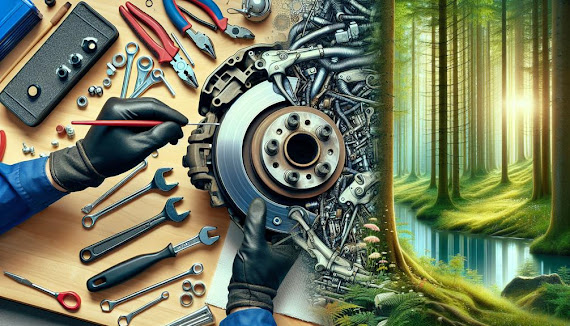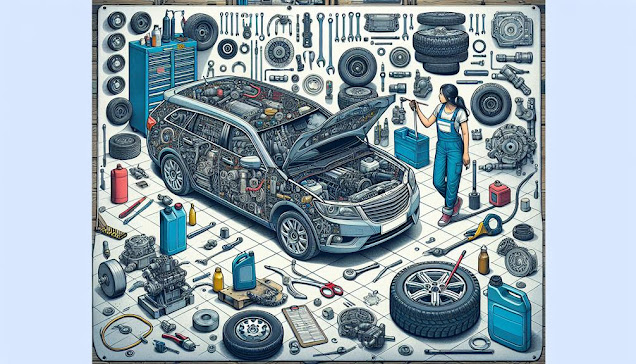Quiet Brakes: How to Get Rid of Noise and Vibration
In the field in automotive engineering, the issue associated with the repair of brakes and vibrations is a plethora of issues that require an arduous, solution-oriented approach. These abrasive conditions do not just affect the experience of driving and can cause a number of dangers to safety that should not be ignored. The complexity stems from the complex nature of the brake assembly, in which each component, whether that's the disc rotor, brake pad or the caliper could be the cause of these problems. In addition, the interaction of the components in different operating conditions creates an complex network of causes and effects. When we begin this journey through the braking system's heart We will explore the research behind these quiet stopping devices, including their complex functions as well as their possible issues, and feasible solutions to reduce the vibration and noise. The following information will surely provide more insight into the workings of braking systems and will provide the basis for more efficient troubleshooting and solving strategies.
Understanding Brake Noise Causes
What is the cause of brake noise an automotive issue that can indicate mechanical problems? The majority of noises in the brake system are caused by vibrations between components of the brake system. The vibrations could be triggered by a variety of sources, like the brake pad, rotors or calipers. The wear and tear of these parts can result in an uneven surface that can cause vibrations whenever brakes are applied. This can result in audible sounds. In addition, inadequate lubrication could result in increased friction creating grinding or squealing sounds. The composition of the brake pad can also play a part in the process, with metal pads typically creating more noise than their ceramic or organic counterparts. Therefore, knowing the causes of these noises is crucial in addressing the issue of noise from brakes and providing the smoothest, most quiet journey.
Practical Solutions for Vibration Issues
After having a better understanding of the reasons behind brake noise, it's important to look for ways to deal with these vibration-related issues. A viable solution is the application of shims that block noise. They can be positioned between the brake pad and the caliper and reduce vibration by absorption of energy. Another option is to make use of premium brake pads. They are typically made of composite materials that provide better heat dissipation, which reduces the possibility of vibration. The installation of anti-vibration clip that apply pressure on brake pads, stopping them from causing vibration as well, is advised. Additionally regular inspection and maintenance of brake components is a way to stop wear and tear that can result in vibration. These solutions, if implemented with care, can greatly decrease the noise and vibration of brakes.
Conclusion
In the end, identifying the causes behind problems with brakes and vibrations and noises could be an important way to ensure optimal vehicle performance. Eliminating these issues isn't merely putting the bandage on a bullet wound, but an essential element that preventative maintenance. The right solutions, such as the correct brake pads and the right installation methods, can help combat these issues which will result in better driving comfort and satisfaction. Research and development on this area will remain of vital importance.



Comments
Post a Comment